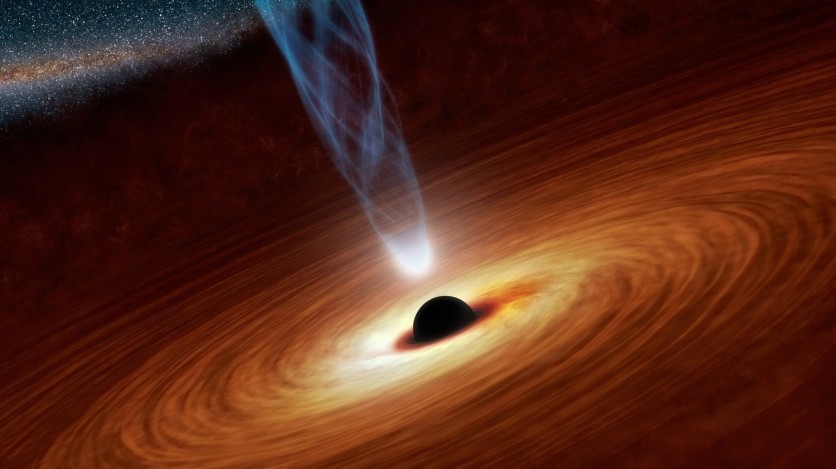
University students, while busy checking out the asteroid Bennu, have detected a newly flaring black hollow 30,000 light-years away.
While gazing an asteroid the use of a NASA spaceship, the students noticed a bright object in the constellation Columba.
NASA's OSIRIS-REx spacecraft, developed by students at MIT and Harvard and designed to measure X-rays emitted from asteroids, accidentally picked up a showy flare of X-rays from a black hole that is now named MAXI J0637-430.
These X-ray emissions happen when a black hollow pulls in elements from a regular star in orbit around it. As the matter spirals onto a spinning disk surrounding the black hole, an unlimited amount of energy is launched in the process - primarily in X-ray form.
The new black hole changed into detected remaining fall, and only a week after Japan's MAXI telescope found it.
A first for REXIS
In a statement, NASA said REXIS detected the same activity millions of miles from Earth while orbiting Bennu. The space agency added such outburst was the first-ever detected by the spacecraft from interplanetary space.
NASA also uploaded a GIF displaying how OSIRIS-Rex instrument detected the black hole outburst.
Madeline Lambert, an MIT graduate student who designed the device's command sequences that serendipitously revealed the black hole, said detecting this X-ray burst is a proud moment for the REXIS team.
Lambert underscored that their device worked as expected and at a level required of NASA technology instruments.
Students and researchers from MIT and Harvard built the spacecraft's Regolith X-Ray Imaging Spectrometer instrument. The REXIS supposed to measure X-rays emitted by the asteroid. However, the device inadvertently picked up a showy flare of X-rays from a black hole now named MAXI J0637-430.
MIT professor Richard Binzel, an instrument scientist for the REXIS student experiment, said they are teaching students a way to construct and perform area instruments. The greatest lesson, according to Binzel, is always to be open to "discovering the unexpected."
REXIS to spend the following year orbiting Asteroid Bennu
The REXIS device's primary purpose is to prepare the next generation of scientists, engineers, and project managers in the development and operations of spaceflight hardware.
Nearly one hundred undergraduate and graduate college students have worked at the REXIS crew since the venture's inception.
OSIRIS-REx left Earth more than two years ago on its mission to take a look at an asteroid and, hopefully, deliver a sample again in 2023.
The craft will spend the following year in orbit around its target earlier than dropping down in brief so it could get close sufficient to scoop up a pattern of dirt and rock from the surface.
Osiris-Rex's main goal is to bring home a regolith pattern of at least 2.1 ounces. Asteroid Bennu is a carbon-rich hunk of rock that might incorporate natural materials or molecular precursors to life.
NASA explains that analyzing a pattern from Bennu will assist planetary scientists to understand the role asteroids can also have played in delivering life-forming compounds to Earth.
'We understand from having studied Bennu via Earth- and area-based telescopes that it is a carbonaceous, or carbon-rich, asteroid. Carbon is the hinge upon which natural molecules hang.
'Bennu is likely rich in natural molecules, that are fabricated from chains of carbon bonded with atoms of oxygen, hydrogen, and other elements in a chemical recipe that makes all known living things.
ⓒ 2025 TECHTIMES.com All rights reserved. Do not reproduce without permission.




